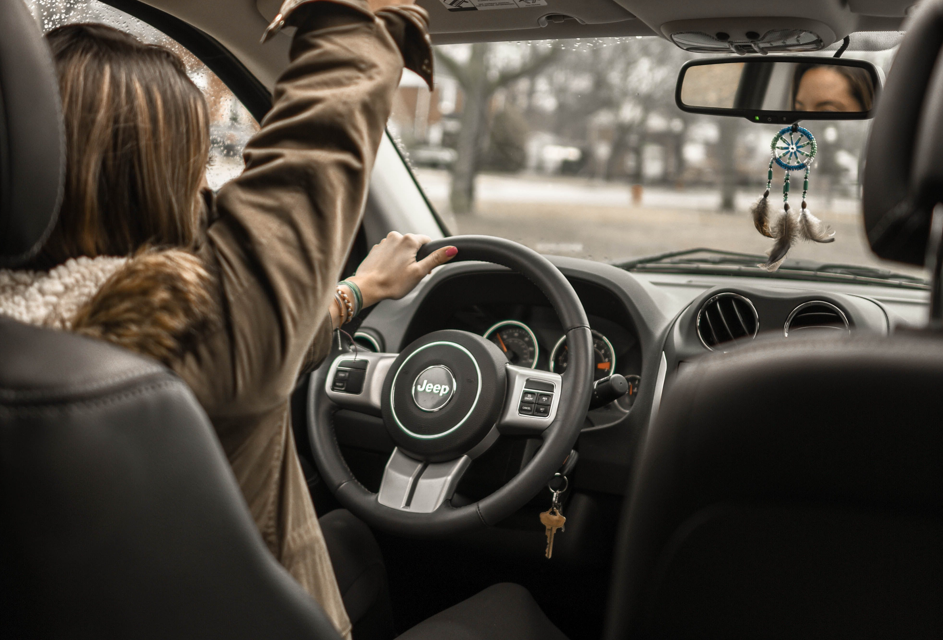Living with a disability doesn’t mean giving up on dreams, ambitions, or the yearning for independence. In fact, it often magnifies the desire to carve out a life filled with self-sufficiency and purpose. While physical challenges can pose obstacles, it’s the collective effort of individuals, society, and technological advancements that create bridges to independence.
This journey toward achieving self-sufficiency, especially amidst physical challenges, is both personal and universal. It’s about rediscovering the essence of life, making choices, and ensuring that everyone gets a fair shot at living life on their terms. As we delve into this narrative, we’ll uncover the milestones, the challenges, and the innovations that have redefined the landscape of independence for those with disabilities.
The Journey Toward Greater Independence for Individuals with Disabilities
There’s a rich tapestry of history behind the strides made in achieving independence for individuals with disabilities. This isn’t just a timeline of events; it’s a testament to resilience, adaptability, and the human spirit. Think back to decades ago when accessibility and inclusivity were barely blips on society’s radar. Fast forward to now, and we’ve seen legislative breakthroughs, architectural redesigns, and a cultural shift in understanding and supporting the disabled community.
Your role in this story, whether as an individual with a disability or an ally, is profound. As societal awareness grows, opportunities multiply. Technology has been at the forefront of this evolution, bridging gaps and fostering environments where independence isn’t just an ideal—it’s a tangible reality. From voice-assisted tech to innovations in mobility, we’ve transitioned from merely acknowledging disabilities to actively empowering those living with them.
Challenges to Gaining Independence
Achieving independence is a noble pursuit, but it’s not without its hurdles. Infrastructure, though improving, still lacks comprehensive accessibility in many areas. Ramps, elevators, and tactile paths, though increasingly common, aren’t ubiquitous. Every time you’ve faced a building without an elevator or a pathway without a ramp, you’ve encountered a physical barrier that many take for granted.
Beyond the tangible are the intangible challenges—the stereotypes, the misconceptions, and the unconscious biases. When society misunderstands or underestimates the capabilities of those with disabilities, it inadvertently creates mental and emotional barriers. It’s essential to recognise and challenge these preconceived notions. After all, regaining independence isn’t just about navigating the world around you; it’s about reshaping perceptions and championing a culture of inclusivity and understanding.
Technological Innovations Enhancing Independence
In the modern age, technology has played an instrumental role in breaking barriers and opening doors for individuals with disabilities. These aren’t fleeting trends or passing fads; they are transformative solutions changing the very fabric of daily living. Consider voice-assisted technology: it’s not just about executing commands but about granting you the freedom to interact with your environment seamlessly.
Beyond voice assistance, there’s a world of adaptive tech designed with you in mind. Smart homes now cater to individual needs, allowing you to control lighting, temperature, and security with a simple command. Wearable devices have evolved beyond fitness tracking, offering motion assistance and health monitoring tailored to specific needs. From screen readers for the visually impaired to specialised apps that transform smartphones into versatile tools, the landscape of independence is continuously being redefined. These innovations are more than just conveniences; they’re pivotal in bridging gaps and fostering an inclusive environment where you can thrive.
Finding the Right Fit: Selecting Your Wheelchair Accessible Vehicle
When it comes to wheelchair accessible vehicles, it’s not a one-size-fits-all scenario. It’s about aligning with your unique needs, ensuring comfort, and guaranteeing safety. First and foremost, consider the vehicle’s size. Whether you need a compact car for city driving or a spacious van for longer journeys, the choice should resonate with your lifestyle.
Ease of use is paramount. After all, the vehicle is a tool designed to get your independence back. Look for features that simplify your experience—from ramps to seat modifications. Cost is a factor, but remember, it’s an investment in your future and freedom. As for where to find these vehicles, a myriad of specialised dealerships offer wheelchair accessible vehicles for sale. But to ensure you engage with a trusted seller, head over to Allied Mobility and check out their range; just be sure to test drive a few options before making your decision.
Empowering Communities: The Role of Society
Your journey to independence isn’t a solo expedition. It’s intertwined with society’s role in creating a supportive and inclusive environment. Think about the last time you visited a public space. Was it accessible? Did it make you feel included? Local initiatives that focus on building ramps, creating accessible public transport, and fostering awareness are crucial steps towards societal inclusivity.
But there’s more to be done. Advocacy goes beyond infrastructure. It’s about educating your peers, promoting understanding, and breaking down age-old myths about disabilities. By championing the cause, you’re not only elevating your life but also paving the way for future generations. Encouraging inclusivity, promoting awareness, and celebrating diversity are collective responsibilities. Together, with a united front, we can create communities where everyone, regardless of physical abilities, feels valued and empowered.





